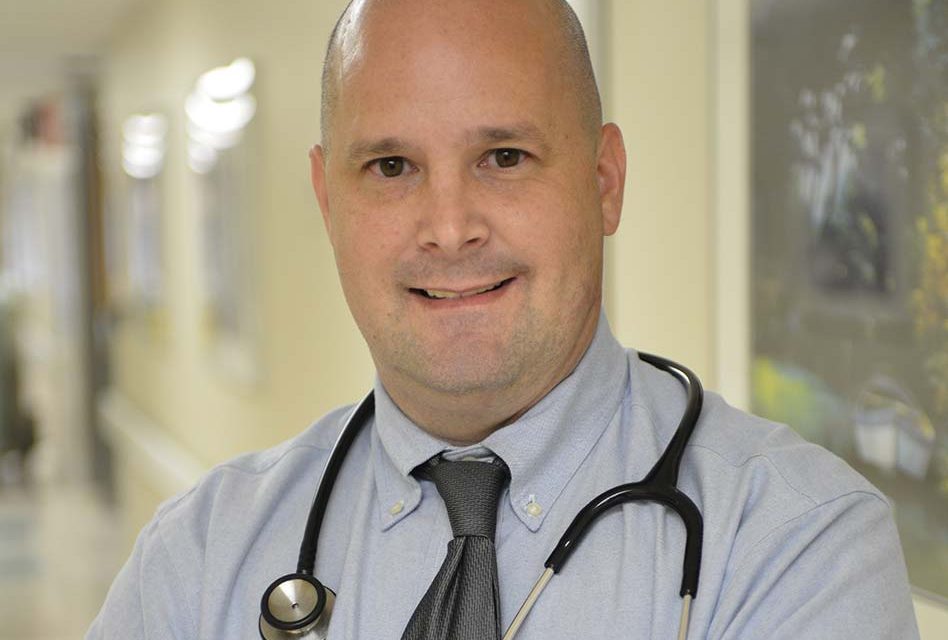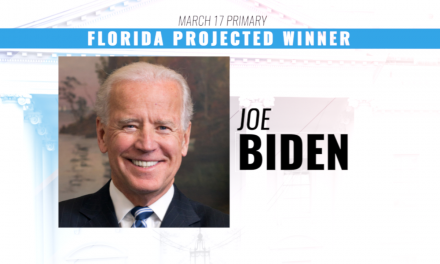The American Heart Association and the American College of Cardiology have issued new guidance related to high blood pressure. The guidelines are intended to help people prevent and treat the condition sooner due to the serious, life-threatening consequences of uncontrolled high blood pressure.
The new definition of high blood pressure is a systolic pressure, or top number, of 130 or higher, or diastolic pressure of 80 or higher. The data shows that the risk for heart attack, stroke and other consequences of high blood pressure begins to occur at any level above 120 mmHg. In fact, risk doubles at 130 compared to levels below 120.
“When blood pressure rises above 120 systolic, even while diastolic remains below 80, blood pressure is considered elevated and a patient would be advised to take action with lifestyle changes,” said Dr. Patrick Fisher, board-certified Cardiologist, of St. Cloud Medical Group Cardiology St. Cloud located at 2900 17th Street Suite 4 St. Cloud, FL. “We have seen a shift from about 30% of US adults being diagnosed with high blood pressure to nearly half of the US adult population with high blood pressure.”
By lowering the definition of high blood pressure, the guidelines recommend earlier intervention to prevent further increases in blood pressure and the complications of hypertension.
“It’s important to remember that managing blood pressure is not a one-time event. Getting blood pressure under control happens with close monitoring and open discussion with your healthcare provider,” advises Dr. Fisher.
Monitoring blood pressure at home is an important method to confirm and manage high blood pressure. Patients should be trained by healthcare providers to accurately monitor themselves at home in order to be an active participant in their health. Dr. Patrick Fisher is accepting new patients at his St. Cloud Medical Group Cardiology St. Cloud office. For an appointment call 407-891-2940 or for more information visit StCloudPhysicians.com.




















